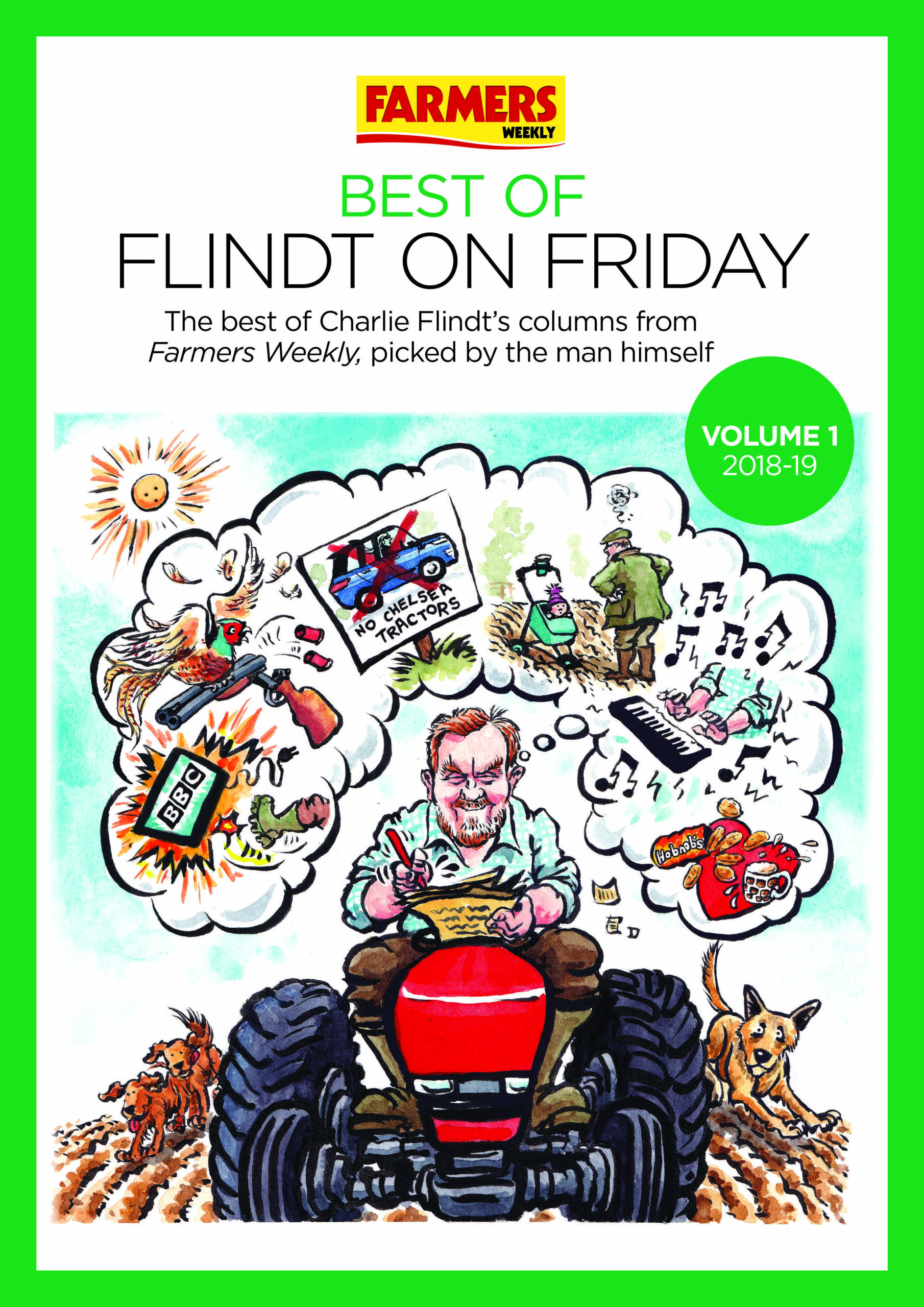FW 75: Pictures of farming’s past

Most people have a drawer stuffed to the brim with old photographs that they hardly ever look at, but can’t bear to throw away. For more pictures from the archives go to fwi.co.uk.merlpics
It’s a little like that at Farmers Weekly. Every week, a fresh batch of pictures arrives in the office showing every facet of the farming industry – from crops to calves to men and machines.
These days they arrive in digital format, uploaded direct to our website or beamed to the office by email over high speed broadband connections and filed for future reference in an online picture library.
But it hasn’t always been that way. In days gone by, we dealt with prints – and before that glass plates – leaving a storage problem which needed a solution considerably bigger than a drawer.
Throwing the pictures away has never been an option – and rightly so. The photographs offer a unique insight into the way the agricultural industry has changed over the decades, charting the introduction of mechanisation, changes in animal husbandry and moves towards greater specialisation.
Fortunately, a solution to the problem has been provided by the Museum of English Rural Life which is funded by the University of Reading and based on a leafy side-street in the Berkshire town.
Over the years, the publishers of Farmers Weekly have passed about 130,000 images to the museum – leaving MERL with a unique archive of life in the countryside stretching back to the 1930s.
Little-by-little the pictures – some of which are also from Farmer and Stockbreeder – have been catalogued and sorted. Excitingly, the latest development has been a project to convert about 13,000 of the negatives into digital files so they can be displayed on the museum’s website.
 They’ve concentrated on pictures from the 1930s to 1965 when some of the most dramatic changes in farming were taking place and have created the basis of an exciting new gallery of farming photojournalism.
They’ve concentrated on pictures from the 1930s to 1965 when some of the most dramatic changes in farming were taking place and have created the basis of an exciting new gallery of farming photojournalism.
Over the next few pages you’ll find some of the highlights. There are also a few more like these online at fwi.co.uk/merlpics.
What is the Museum of English Rural Life?
 The Museum of English Rural Life houses the most comprehensive national collection of objects, books and archives relating to the history of food, farming and the countryside. And it’s an ideal afternoon out for anyone with an interest in agriculture.
The Museum of English Rural Life houses the most comprehensive national collection of objects, books and archives relating to the history of food, farming and the countryside. And it’s an ideal afternoon out for anyone with an interest in agriculture.
MERL was established in 1951 and grew out of the University of Reading’s long tradition of academic excellence in agriculture.
 The MERL collection covers the whole range of agricultural history and rural life with particular strengths in farming techniques and equipment and dairying. It has a better archive of Farmers Weekly magazines than Farmers Weekly even holds itself and people are free to access the collection using the Reading room on site.
The MERL collection covers the whole range of agricultural history and rural life with particular strengths in farming techniques and equipment and dairying. It has a better archive of Farmers Weekly magazines than Farmers Weekly even holds itself and people are free to access the collection using the Reading room on site.
 If objects, rather than books, are more your interest the musuem has an exhibition space which is teeming with exhibits from the late 1800s to the present day. There’s an ongoing heritage lottery project to collect items that reflect the English heritage of the 20th century. Find out more about MERL at www.reading.ac.uk/merl.
If objects, rather than books, are more your interest the musuem has an exhibition space which is teeming with exhibits from the late 1800s to the present day. There’s an ongoing heritage lottery project to collect items that reflect the English heritage of the 20th century. Find out more about MERL at www.reading.ac.uk/merl.
>> Celebrate Farmers Weekly‘s 75th birthday >>

